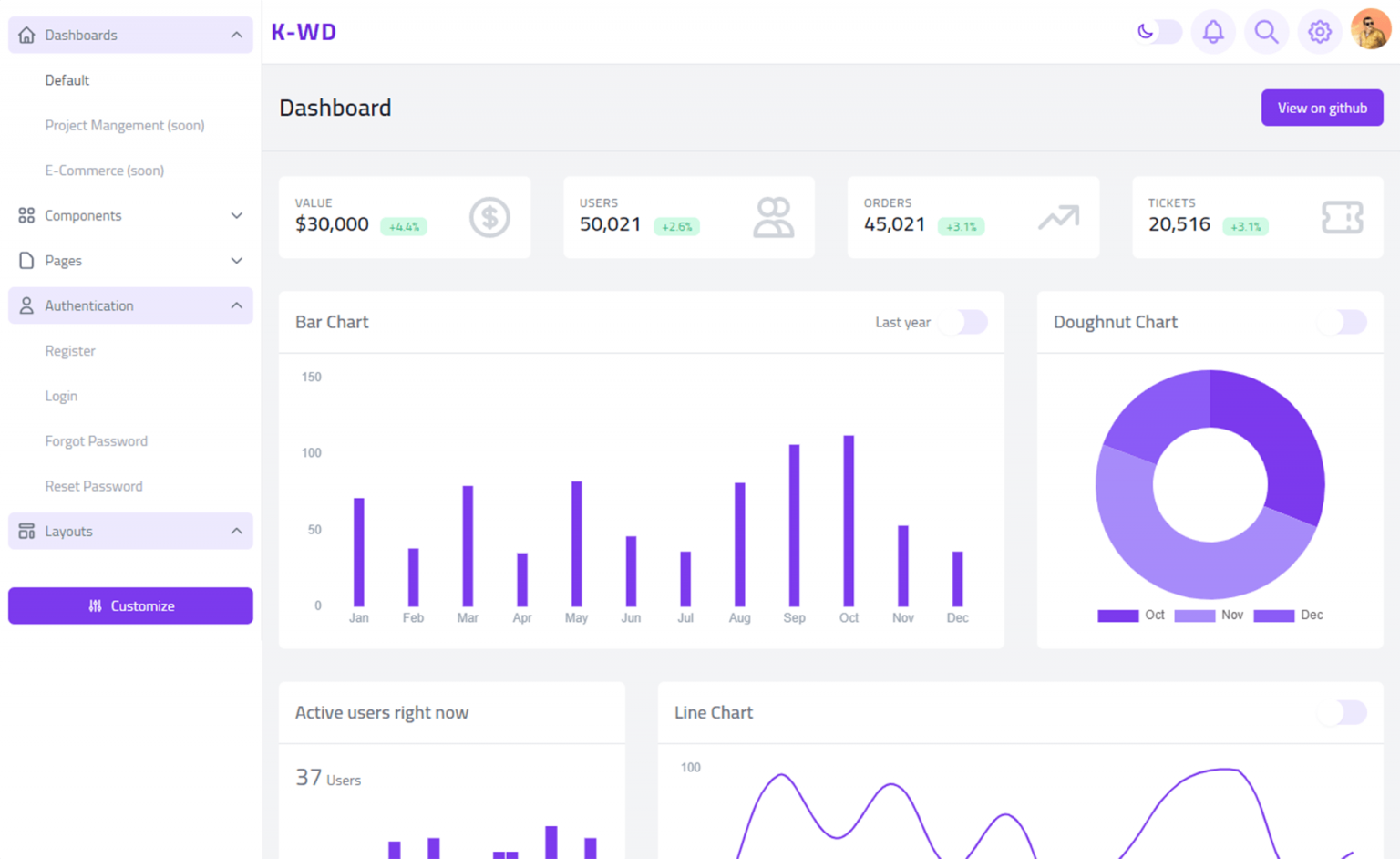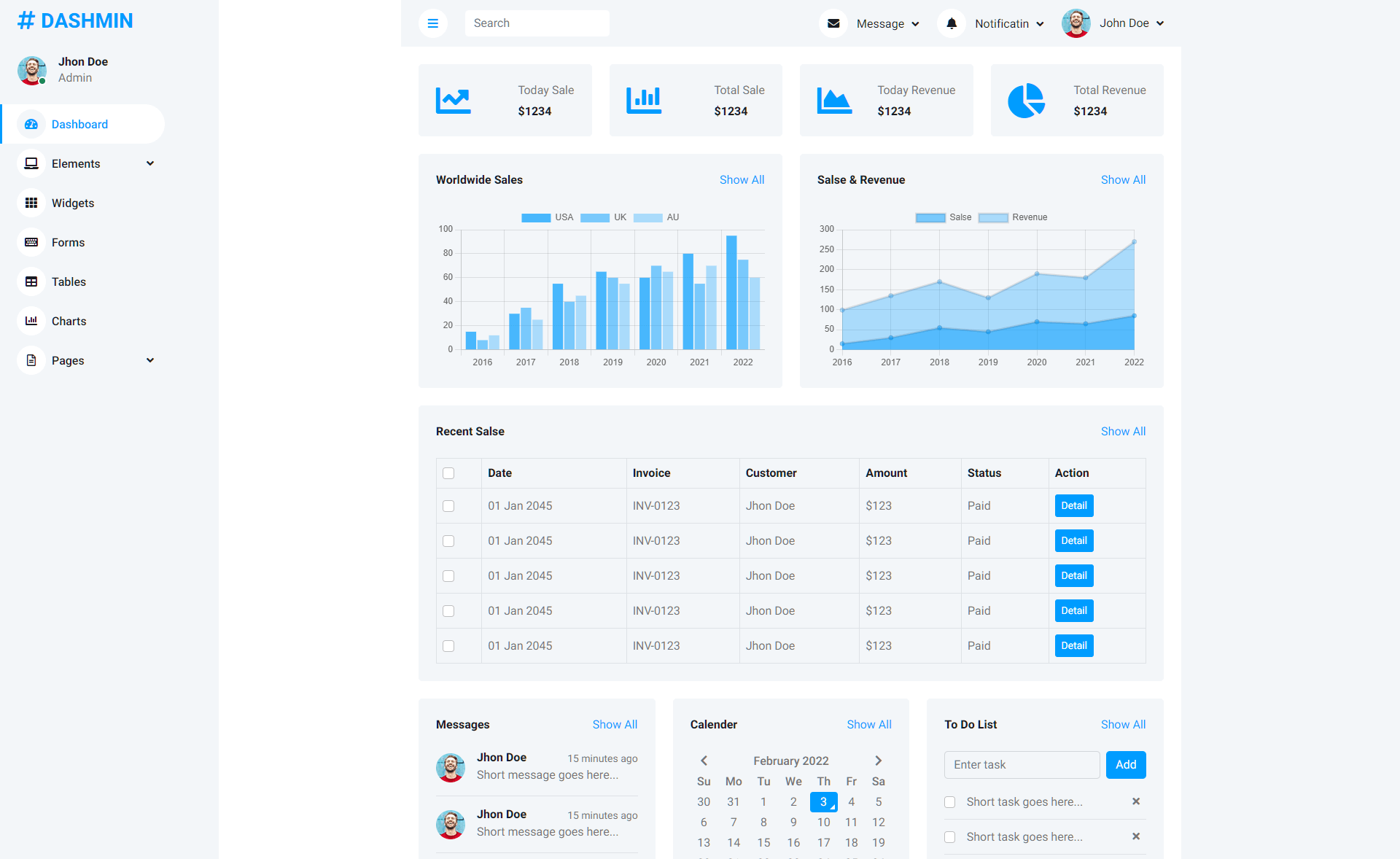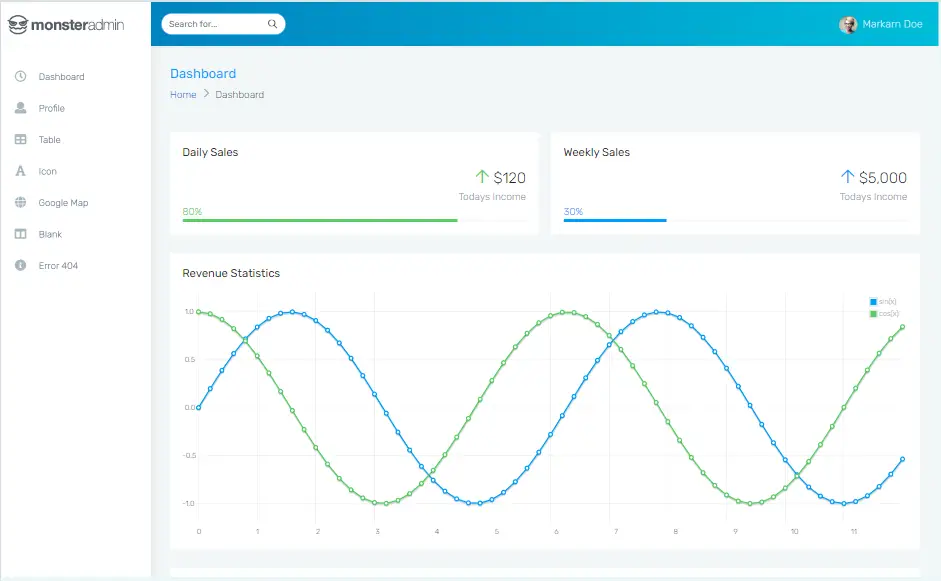How to send emails using SendGrid in ASP.NET Core
By Tan Lee Published on Dec 31, 2024 897
We'll cover setting up your SendGrid account, configuring your application, and writing the necessary code to send emails using SendGrid’s API.
Why Use SendGrid?
SendGrid provides a powerful and easy-to-use API to integrate email functionality into your applications.
It offers a range of features, including:
- Sending transactional and marketing emails.
- Tracking email performance and delivery.
- Optimizing email campaigns with templates and list management tools.
- Additional services such as email validation and testing.
These features help ensure that emails are delivered efficiently while also allowing you to manage and monitor your email campaigns effectively.
Set Up Your SendGrid Account
To get started with SendGrid, follow these steps:
- Log in to your SendGrid account (or sign up if you don’t have one).
- Go to Settings > Sender Authentication.
- Select Single Sender Verification and click Get Started.
- Enter the sender details and click Verify Single Sender.
- Confirm your sender by clicking the verification email from SendGrid.
- Navigate to Settings > API Keys.
- Click Create API Key, specify the permission level, and click Create & View.
- Save the generated API key for future use.
Install the SendGrid NuGet Package
To use SendGrid in your ASP.NET Core project, you need to install the SendGrid NuGet package:
- Open your project in Visual Studio.
- Right-click on your project in Solution Explorer and choose "Manage NuGet Packages."
- Search for "SendGrid" and install it.
Alternatively, you can install the package using the NuGet Package Manager Console:
PM> Install-Package SendGrid
Configure SendGrid in Your Application
In the application’s appsettings.json file, add your SendGrid API key and sender email information:
"EmailSettings": {
"ApiKey": "your-sendgrid-api-key",
"SenderEmail": "[email protected]",
"SenderName": "Your Name"
}
Creating the EmailSettings class in C# to store the email configuration values such as API key, sender email, and sender name:
public class EmailSettings
{
public string ApiKey { get; set; }
public string SenderEmail { get; set; }
public string SenderName { get; set; }
}This class will be used to bind the values from your configuration file (e.g., appsettings.json) where you store the SendGrid API key and sender details.
In your Program.cs file, bind these settings to an EmailSettings class:
builder.Services.Configure<EmailSettings>(options =>
builder.Configuration.GetSection("EmailSettings").Bind(options));Create the EmailService Class
Next, you need to create an EmailService class that will handle sending emails. This service will use SendGrid’s API to send emails asynchronously.
public class EmailService : IEmailService
{
private readonly IConfiguration _configuration;
private readonly IOptions<EmailSettings> _options;
public EmailService(IConfiguration configuration, IOptions<EmailSettings> options)
{
_configuration = configuration;
_options = options;
}
public async Task SendEmailAsync(string email, string subject, string htmlMessage)
{
var fromEmail = _options.Value.SenderEmail;
var fromName = _options.Value.SenderName;
var apiKey = _options.Value.ApiKey;
var client = new SendGridClient(apiKey);
var from = new EmailAddress(fromEmail, fromName);
var to = new EmailAddress(email);
var plainTextContent = Regex.Replace(htmlMessage, "<[^>]*>", "");
var msg = MailHelper.CreateSingleEmail(from, to, subject, plainTextContent, htmlMessage);
await client.SendEmailAsync(msg);
}
}Create the EmailController
Create an API controller, EmailController, that will receive requests to send emails.
[Route("api/[controller]")]
[ApiController]
public class EmailController : ControllerBase
{
private readonly IEmailService _emailService;
public EmailController(IEmailService emailService)
{
_emailService = emailService;
}
[HttpGet]
public async Task<IActionResult> SendTestEmail()
{
await _emailService.SendEmailAsync("[email protected]", "Test Subject", "Test email body");
return Ok();
}
}Register EmailService in Dependency Injection (DI)
Finally, register the EmailService in the DI container by adding the following line to Program.cs:
builder.Services.AddSingleton<IEmailService, EmailService>();
Instead of manually creating an EmailService, you can use SendGrid’s built-in integration by registering SendGrid as a service in Program.cs:
builder.Services.AddSendGrid(options =>
{
options.ApiKey = builder.Configuration.GetSection("EmailSettings").GetValue<string>("ApiKey");
});With these steps, you have successfully integrated SendGrid into your ASP.NET Core application.
- How to Initialize TagHelpers in ASP.NET Core with Shared Data
- Boost Your ASP.NET Core Website Performance with .NET Profiler
- The name 'Session' does not exist in the current context
- Implementing Two-Factor Authentication with Google Authenticator in ASP.NET Core
- How to securely reverse-proxy ASP.NET Core
- How to Retrieve Client IP in ASP.NET Core Behind a Reverse Proxy
- Only one parameter per action may be bound from body in ASP.NET Core
- The request matched multiple endpoints in ASP.NET Core





